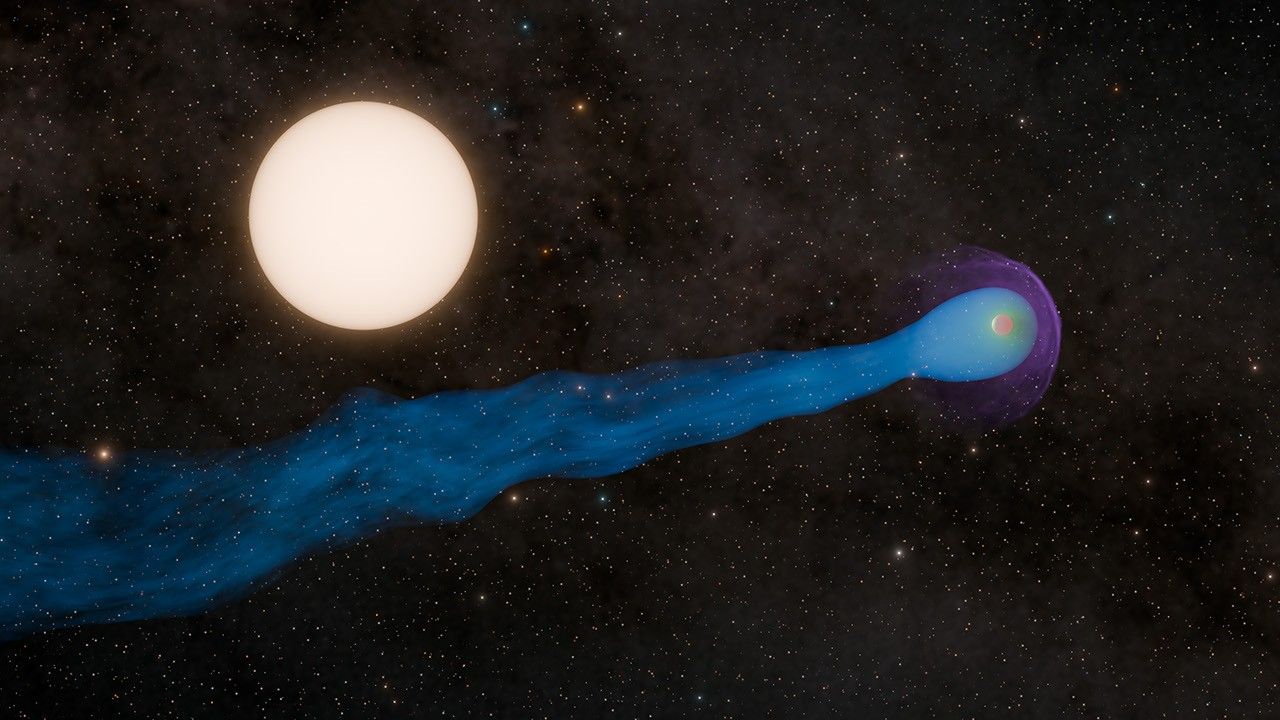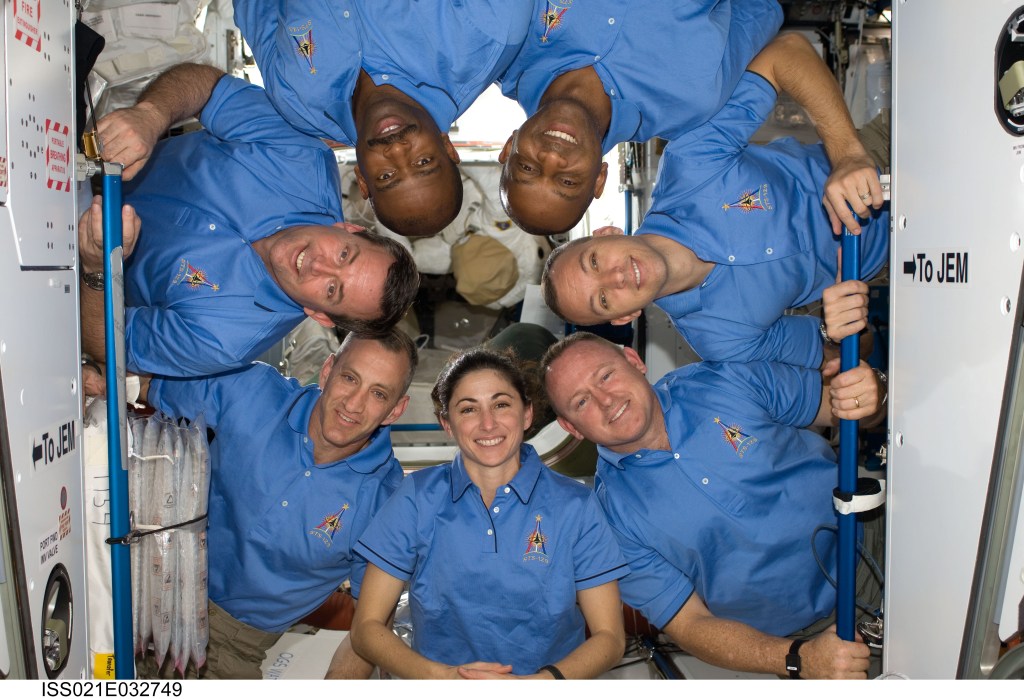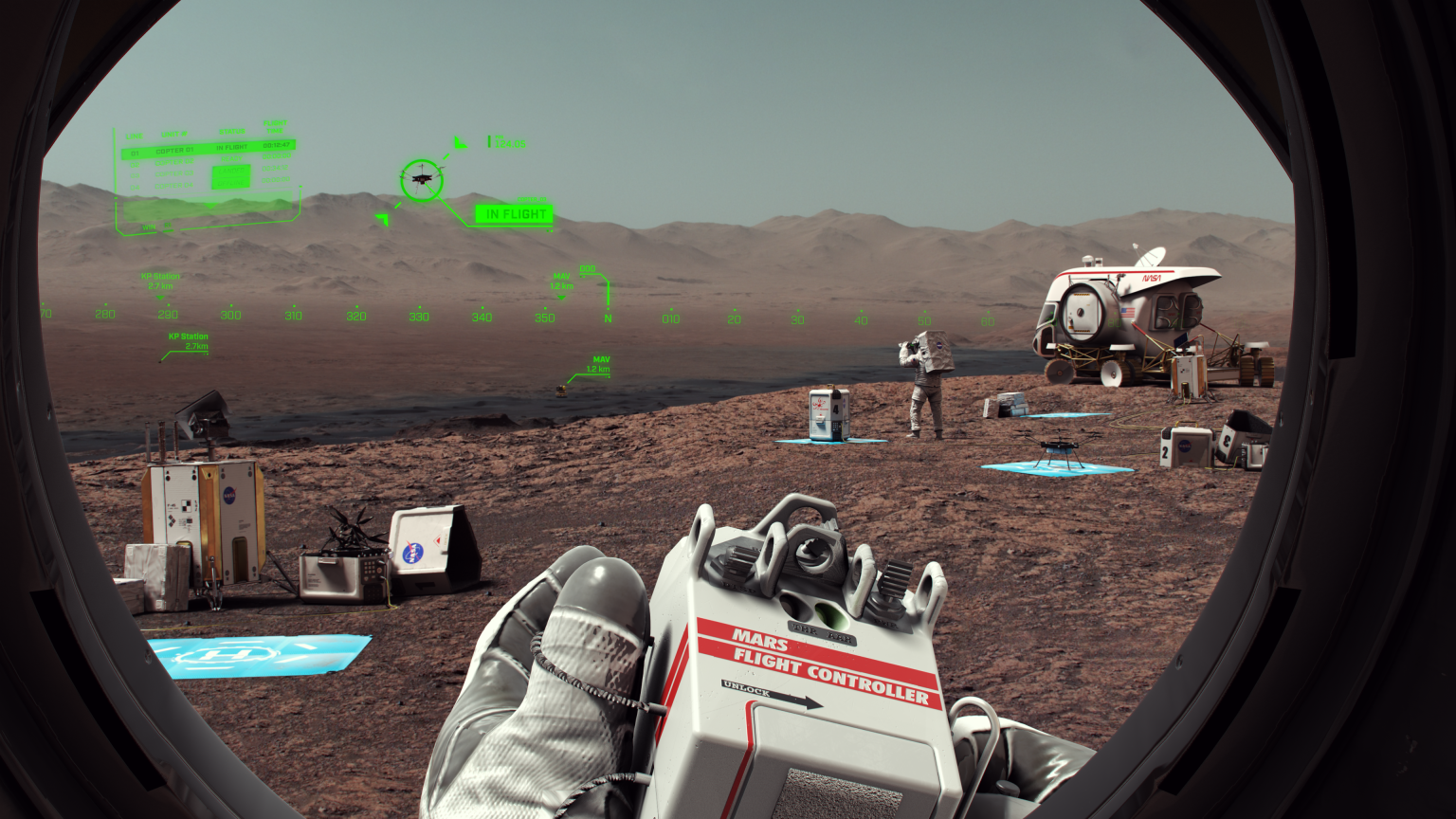STS-94
STS-94 was a re-flight in support of the first Microgravity Sciences Laboratory 1 in April, 1997.
Orbiter
mission duration
Launch
Landing

Mission Facts
Mission: MSL-1 Reflight
Space Shuttle: Columbia
Launch Pad: 39A
Launched: July 1, 1997 2:02:00 p.m. EDT
Landing Site: Kennedy Space Center, Florida
Landing: July 17, 1997, 6:46:34 a.m. EDT
Runway: 33
Rollout Distance: 8,892 feet
Rollout Time: 55 seconds
Revolution: 251
Mission Duration: 15 days, 16 hours, 44 minutes, 34 seconds
Orbit Altitude: 184 statute miles
Orbit Inclination: 28.45 degrees
Miles Traveled: 6.2 million
Crew
James D. Halsell, Commander
Susan L. Still, Pilot
Janice E. Voss, Payload Commander
Donald A. Thomas, Mission Specialist
Michael L. Gernhardt, Mission Specialist
Roger Crouch, Payload Specialist
Greg Linteris, Payload Specialist
Launch Highlights
Liftoff was delayed about 12 minutes because of unacceptable weather conditions in the launch area in the event a return-to-launch-site abort was necessary. The launch window originally was targeted to open at 2:37 p.m., July 1. On June 30, NASA managers decided to move it back 47 minutes to 1:50 p.m. to avoid forecasted afternoon thundershowers.
Mission Highlights
STS-94 marked the first reflight of same vehicle, crew and payloads, following shortened STS-83 mission in April due to indications of a fuel cell problem. Primary payload was the Microgravity Science Laboratory-1 (MSL-1). A quick turnaround in processing Columbia for the reflight was accomplished in part by the first reservicing of a primary payload, MSL-1, in the orbiter.
The crew maintained 24-hour/two-shift operations. Using the Spacelab module as a test-bed, MSL-1 tested some of the hardware, facilities and procedures that will be used on the International Space Station. The 33 investigations conducted also yielded new knowledge in the principal scientific fields of combustion, biotechnology and materials processing.
Combustion experiments resulted in the discovery of a new mechanism of flame extinction caused by radiation of soot, the ignition of the weakest flames (as low as one watt, or 1/50 the power of a birthday candle) ever burned in laboratory conditions in space or on Earth, as well as the longest burning flames in space (500 seconds). Although only 144 fires or combustion experiment runs were scheduled, more than 200 were completed. The combustion investigations provided valuable information for improved fire safety on future spacecraft and for development of cleaner, more efficient internal combustion engines.
Experiments processed in the Electromagnetic Containerless Processing Facility (TEMPUS) yielded the first measurements of specific heat and thermal expansion of glass-forming metallic alloys, and the highest temperature (a maximum of 2,000 degrees Centigrade) and largest undercooling (to 340 degrees C) ever achieved in space. These measurements are necessary for modeling industrial materials systems to manufacture new and better products.
The mission also produced progress in learning how to control and position liquid drops which could lead to improvements in chemical manufacturing, petroleum technology and the cosmetics and food industries. Crew performed over 100 test runs – more than double the number planned – in Middeck Glovebox Facility in areas of liquid and bubble behavior, fluids-based heat transfer devices and solid-liquid mixtures. Droplets of a hydrocarbon, heptane, were burned at the lowest atmospheric pressure achieved during a mission.
More than 700 crystals of various proteins were grown during the 16-day mission. Since crystals grow larger and purer in space, this research will help scientists to better understand their structures and to design more effective drugs to treat such diseases as cancer, diabetes and AIDS.
Samples in the Large Isothermal Furnace were processed to study the diffusion of tracers, or impurities, in melted germanium, an element used as a semiconductor and alloying agent. This was the first time diffusion in semiconductors has been studied in space.
The Astro/Plant Generic Bioprocessing Apparatus (AstroPGBA) studied the effect of microgravity on various plants, including a source of an antimalarial drug; another used in chemotherapy treatment of cancer; and a species widely used in the paper and lumber industries.
The Expedite the Processing of Experiments to Space Station (EXPRESS) Rack flew for the first time on MSL-1 (both the STS-83 and STS-94 missions) to demonstrate quick and easy installation of experiment and facility hardware on orbit. It will be used on the International Space Station.
The 25 primary experiments, four glovebox investigations and four accelerometer studies on MSL-1 were contributed by scientists from NASA, the European Space Agency, the German Space Agency and the National Space Development Agency of Japan. A record number of commands – more than 35,000 – were sent from Spacelab Mission Operations Control Center at Marshall Space Flight Center to MSL-1 experiments.
STS-94
Shuttle News
Retired Space Shuttle Locations
Shuttle Atlantis – Kennedy Space Center Visitor Complex Shuttle Discovery – Steven F. Udvar-Hazy Center Shuttle Endeavour – California Science…
Read the Story













































